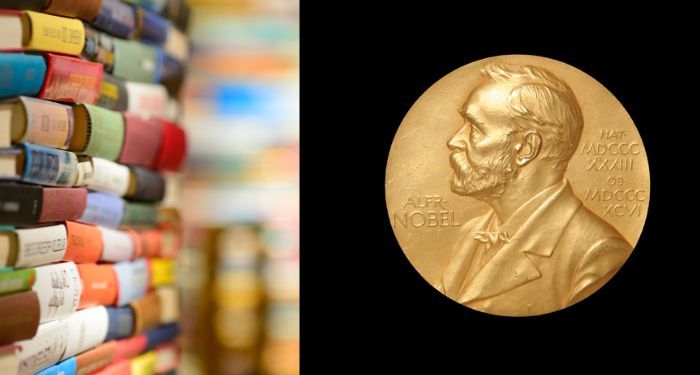Of the many Nobel Prize in Literature winners from the past two or so decades, who should you read — and where do you begin?
Award-winners of this caliber can often feel inaccessible. Many of us have a small barrier in our heads that says that authors who are big award winners must also be boring, long, and difficult to get into. For English readers, this bias can also extend to books that are “in-translation” from another language, as if any book that wasn’t originally in English will automatically be harder to read.
The intimidation factor is real, and I promise you that I get it. That’s why I’ve assembled this guide to eight Nobel Prize winners from the last few decades whose books are accessible and who will give you a wide swath of writing from around the world.
And yes, there are other amazing authors I’ve skipped. I know! Check the rest out once you’re done with my list. I wanted this to be a guide for people who don’t know where to begin. I’ve included a basic summary of who each author was, the reason the Nobel committee gave for awarding them the prize, and a note on where to begin with their books, to make it easy. I hope this helps you to not only dive into Nobel Prize winners’ works, but to also enjoy the swim.
José Saramago (1998)
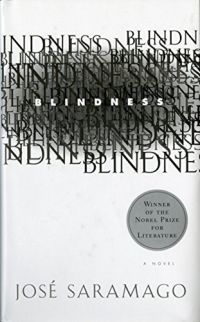
Saramago is a Portuguese writer who was a journalist and editor for decades before his works began to be published. It was 1975 when he moved seriously to his writing, after he was dismissed from the newspaper for political reasons. A supporter of libertarian communism and an atheist, his novels, many of which featured subtle political satire, would face censorship that motivated him to move to Spain in the 1990s.
His first widespread recognition came when he was 60, with the publication of Memorial do Convento, published in English as Baltasar and Blimunda, translated by Giovanni Pontiero. One of his most internationally successful books, Blindness, translated by Giovanni Pontiero, is a science fiction where a pandemic of blindness grips the world, came out in 1995.
He won the Nobel in 1998, for his “parables sustained by imagination, compassion and irony” that “continually enable us once again to apprehend an elusory reality.” Saramago passed away in 2010.
Where to begin? I recommend starting with perhaps his most famous novel, Blindness, translated by Giovanni Pontiero. After, dive into his controversial The Gospel According to Jesus Christ, also translated by Pontiero.
Orhan Pamuk (2006)
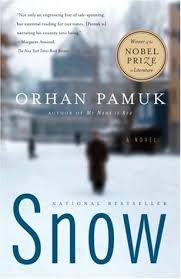
Turkish author Orhan Pamuk’s books have sold more than 13 million books in 63 languages. Born in Istanbul, he started writing in 1974 and quickly began racking up critical accolades. His book Yeni Hayat (in English, The New Life, translated by Güneli Gün) was the fastest selling book in Turkish history.
Pamuk often wrote about contentious historical events, Istanbul, and the duality of East and West. In 2005, he acknowledged the Armenian and Kurdish genocide in an interview, and faced extreme backlash from the Turkish press as well as death threats. In 2005, he was sued for “public denigration of Turkish identity,” which carried risk of imprisonment; after years of legal battles, he was fined for his comments.
He won the Nobel in 2001 for being a writer “who in the quest for the melancholic soul of his native city has discovered new symbols for the clash and interlacing of cultures.”
Where to begin? I recommend starting with My Name is Red, translated by Erdağ M. Göknar, a book featuring miniaturists in the Ottomon Empire, and then diving into Snow, translated by Maureen Freely.
Herta Müller (2009)
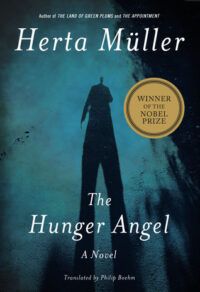
Born in the German-speaking minority of Romania, Müller is known for works that depict violence and cruelty and the trauma that results. She experienced censorship and fear under the regime of Romanian dictator Nicolae Ceaușescu, and much of her work draws on that time period.
Her novel The Hunger Angel depicts the deportation of a young German man out of Romania to do forced labor in a Soviet gulag, and was the biggest success of her career. The story was based partially on her mother’s own experience as well as poet Oskar Pastior.
When she won the prize in 2009, she was described by the Swedish Academy as a woman “who, with the concentration of poetry and the frankness of prose, depicts the landscape of the dispossessed.”
Where to begin? Absolutely with The Hunger Angel, translated by Philip Boehm, and then check out The Land of Green Plums, translated by Michael Hofmann, inspired by Müller’s own experiences.
Mo Yan (2012)
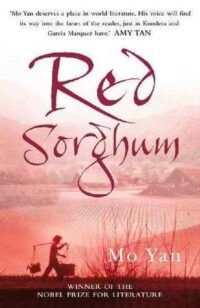
Mo Yan was a Chinese writer described by Time as writing “a mix of magical realism and sharp-eyed satire that has made him one of the most famous, oft-banned and widely pirated of all Chinese writers.” His book Red Sorghum (1986) is his most famous work, voted the favorite novel of Chinese readers in 1996.
Yan’s pen name, “Mo Yan,” means “don’t speak.” It comes from a warning from his parents not to speak his mind outside of the house, amidst fear in the 1950s revolution. While his combination of dark humor, surreal-ness, and realism shed light on the violence embedded in Chinese history, he has also come under fire for his support of the Communist Party and seeming defense of censorship.
The Nobel committee awarded Mo Yan as a writer “who with hallucinatory realism merges folk tales, history and the contemporary.”
Where to begin? Start with Red Sorghum (1986), one of his most iconic works. Other recommendations include the controversial Big Breasts and Wide Hips (1995) and his most recent, Frog (2009). All three are translated by Howard Goldblatt.
Alice Munro (2013)
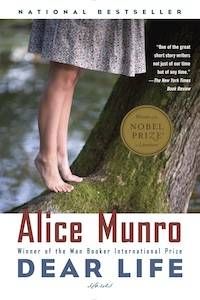
The stories of writer Alice Munro are set in the small towns of her native Huron County in Ontario, Canada, where she grew up the daughter of a farmer and a schoolteacher. Her and husband James Munro would found Munro’s Books, a large independent bookstore in Victoria, BC, in 1963. She had been writing as a teen, and her first collection, published in 1968, won Canada’s highest literary prize, the Governor General’s Award.
Named the “master of the contemporary short story” by the Swedish academy, Munro was prolific, publishing a collection of short fiction at least every four years for three decades. She was the first Canadian to win the Nobel Prize in Literature, and the 13th woman.
When she won the 2009 Man Booker International Prize, the jury said, “To read Alice Munro is to learn something every time that you never thought of before.” Many critics say that Munro’s stories have the depth of entire novels.
Where to begin? The choices are endless, but I recommend starting with The Love of a Good Woman (1998). Then dive into the award-winning Hateship, Friendship, Courtship, Loveship, Marriage: Stories (2001). Once you’re a fan, check out her recent memoir, Dear Life, a collection of autobiographical fiction.
Kazuo Ishiguro (2017)

Born in Nagasaki, Japan, Ishiguro grew up in England. His first few novels explored Japanese identity through historical fiction, including his famous The Remains of the Day, for which he won the Booker Prize (he’s been nominated four times!).
In recent years, Ishiguro has taken a turn toward speculative fiction, including his moving science fiction novel Never Let Me Go, which was named to Time‘s All-Time 100 English-Language Novels (1923–2005). The Buried Giant (my personal favorite) was his most recent book before he won the Nobel; and his first release after was Klara and the Sun, a vivid meditation on AI and humanity.
The Nobel awarded the prize to Ishiguro, “who, in a novels of great emotional force, has uncovered the abyss beneath our illusory sense of connection with the world.”
Where to begin? If you’re more of a historical fiction reader, start with Remains of the Day — if you’re more of a SFF lover, start with Never Let Me Go.
Olga Tokarczuk (2018)
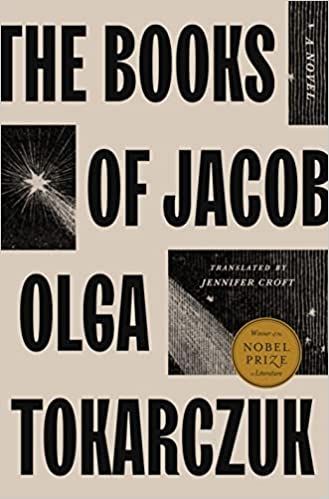
Tokarczuk is a daring Polish writer, activist, and intellectual. Trained in clinical psychology, she shifted to write full-time in the late 1980s, and her first book, a collection of poems, was published in 1989. In English translation, her books Flights, translated by Jennifer Croft, and Drive Your Plow Over the Bones of the Dead, translated by Antonia Lloyd-Jones, would bring her international acclaim.
Her works have been translated into almost 40 languages. In 2015 she published what is often considered her masterpiece, The Books of Jacob. She was awarded the 2018 Nobel Prize for “a narrative imagination that with encyclopedic passion represents the crossing of boundaries as a form of life.”
Her books have received backlash from nationalist groups for celebrating Poland’s cultural diversity, and she won the 2015 German-Polish Bridge Prize for “contribution in mutual understanding between European nations.”
Where to begin? The Books of Jacob, translated by Jennifer Croft, is considered her masterpiece, and became available in 2022. It was shortlisted for the 2022 Man Booker International Prize.
Abdulrazak Gurnah (2021)
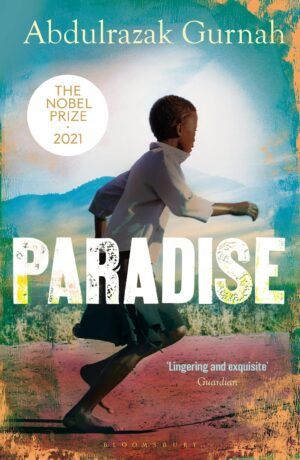
Abdulrazak Gurnah grew up on an island that later became part of Tanzania. In 1960s, oppression of citizens of Arab origin following the Zanzibar Revolution forced him to leave as a refugee, and eventually settle in England. His first language is Swahili, and he’s had to fight publishers to continue incorporating bits of it, Arabic, and German into his writings.
His writing began as journal entries that slowly expanded into fictional tales. His books address displacement, marginalization, and exile, and usually feature East African protagonists, often born in Zanzibar. Gurnah’s work wasn’t popularly successful until after he won the Nobel, at which point publishers had to scurry to keep up with demand.
He won the Nobel in 2021 “for his uncompromising and compassionate penetration of the effects of colonialism and the fate of the refugee in the gulf between cultures and continents.”
Where to begin? Start with Paradise (1994), a book about a boy named Yusuf who is sold to a merchant as payment for debt, and becomes a servant on his caravan of traders.
Annie Ernaux (2022)
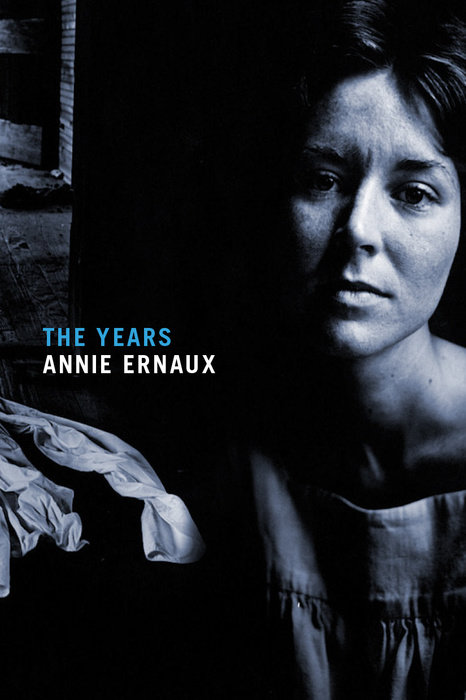
Ernaux worked for decades as a teacher before her literary career began — a career rooted in autobiography and memoir, featuring books that dig into her own experiences, including everything from her coming of age, to her marriage and affair, to caring for her mother during her mother’s struggle with Alzheimer’s disease.
When she won, the Nobel committee wrote that her work “is uncompromising and written in plain language, scraped clean. And when she with great courage and clinical acuity reveals the agony of the experience of class, describing shame, humiliation, jealousy or inability to see who you are, she has achieved something admirable and enduring.”
Ernaux is open about her own politics — in 2018, she supported the yellow vests protests in France, and she has repeatedly supported divestment and sanctions against Israel. Her books are published in English translation through Seven Stories Press, an influential, independent publishing company founded by seven authors including Ernaux and Octavia E. Butler. Ernaux writes from Cergy-Pontoise, a small town in the Paris suburbs.
Where to begin? I recommend starting with The Years, translated by Alison L. Strayer. It’s an autobiographical novel describing a woman’s life from just after World War II all the way through the early 2000s. Many people consider it her magnum opus, and it’s won a slew of prestigious awards. Follow that up with Happening, also translated by Alison L. Strayer, one of Ernaux’s most famous for its depiction of a brutal illegal abortion she survived in the early 1960s.
To find new-to-you, award-winning authors based on your own reading preferences, check out our book subscription service TBR, which pairs you with a professional book nerd who creates your own tailored book recommendations!
